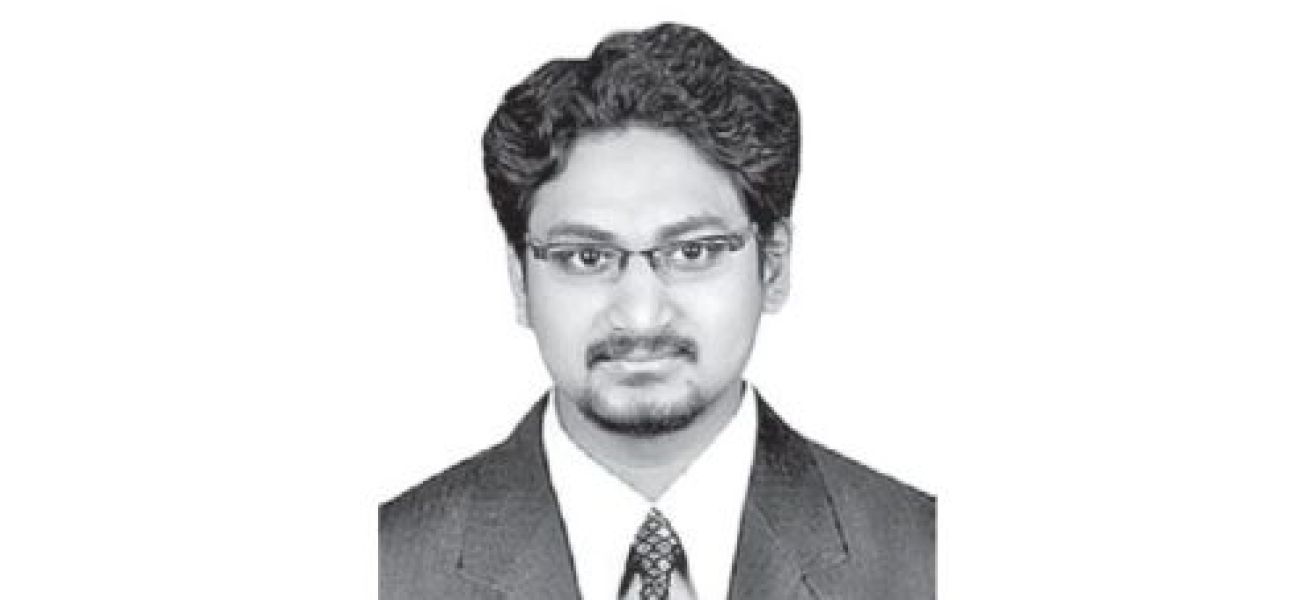The Golden Bird is recovering its plumage.
Indian civilization was advanced and organized before the rest of the world, with early developments in cities, art, spirituality, and academia.
November 20th 2025.

It has been said that while other civilizations were still learning to walk, Indian civilization was already running at full speed. Before politics, philosophy, or science were recognized as separate fields of study, the Indian subcontinent was a hub for organized urban development, artistic achievements, spiritual discoveries, and academic cooperation. Cities like Harappa and Mohenjo-Daro dazzled with their advanced planning and engineering skills. The Vedic era gave birth to profound ideas that had a lasting impact on global philosophy. Prestigious universities like Takshashila and Nalanda attracted students from all corners of the world, from Greece to China, Persia to Southeast Asia. India was more than just a piece of land, it was a rich and diverse civilization.
For centuries, India was known as Sone ki Chidiya, the Golden Bird. Its abundance of gold, precious stones, spices, textiles, and agricultural resources made it a major economic power on the global stage. However, the true wealth of India lay in its intellectual traditions. Mathematicians like Aryabhatta and Brahmagupta explored the mysteries of the universe and introduced the concept of zero. Physicians such as Charaka and Sushruta wrote medical treatises that influenced the field of medicine around the world. Philosophers like Kapila, Krishna, Patanjali, and Shankaracharya delved into the nature of existence, consciousness, discipline, and duty.
But even the greatest of civilizations face challenges over time. India's decline was gradual, fueled by internal stagnation and external pressures. One major internal issue was political division. Despite sharing cultural roots, India was rarely united under one political state. The subcontinent was home to numerous kingdoms, each prosperous but often at odds with one another. This lack of coordinated defense made India vulnerable to invasions. From the Indo-Greeks and Kushans to waves of Central Asian and Afghan invaders, the region saw a constant change of rulers. Some integrated with Indian culture, enriching it, while others disrupted institutions and interrupted education. The destruction of centers like Nalanda, Odantapuri, and Vikramshila was not just symbolic, it also hindered the transmission of knowledge through generations.
But perhaps the most significant disruption occurred during British colonial rule. Unlike earlier rulers who often assimilated with the local culture, the British aimed to exploit India's resources and wealth. They systematically dismantled India's thriving textile and handicraft industries to serve their own economic interests. Heavy taxes and revenue policies drained rural communities, leading to widespread poverty. The colonial administration also overhauled the education system, with Thomas Macaulay's reforms intentionally designed to distance Indians from their cultural and intellectual heritage, creating a class of clerks rather than thinkers. This had a profound impact, causing a form of psychological colonization where many Indians began to view their own culture as inferior. Traditional knowledge systems like Ayurveda, classical philosophy, Sanskrit scholarship, and indigenous governance were marginalized and deemed outdated or unscientific, despite their rich history and effectiveness.
It would be unfair to solely blame external forces for India's decline. Over time, the Varna system, which was initially based on skill and ability, became a rigid caste hierarchy. Social mobility decreased, and intellectual curiosity was replaced by rigid rituals. The tradition of debate, once a hallmark of Indian philosophy, dwindled, and innovation slowed down. A civilization that once questioned everything grew hesitant to challenge itself.
However, India never lost its identity. Civilizations rooted in deep spiritual and cultural consciousness do not disappear. They may recede, adapt, and reappear later. The medieval Bhakti movement revived the spirit of inclusivity and emotional devotion. The Indian Renaissance, led by great thinkers like Raja Ram Mohan Roy, Swami Vivekananda, and Rabindranath Tagore, restored cultural pride and identity. The independence movement, driven by Mahatma Gandhi, Subash Chandra Bose, Bal Gangadhar Tilak, and others, reignited the collective Indian spirit.
Independent India embarked on a long journey of rebuilding. It has emerged as a global leader in information technology, a nation with its own space program, an emerging economic power, and a cultural influencer in areas like wellness, yoga, Ayurveda, and spirituality. Ancient concepts such as mindfulness, holistic healing, and non-dualistic philosophy are being rediscovered and embraced by people around the world.
The way forward is clear: India must revitalize its knowledge systems, recognizing them as valuable resources for the future rather than outdated relics. Ancient wisdom should be integrated with modern science. Education should promote critical thinking instead of rote learning. Diversity should be celebrated without compromising unity. Most importantly, India must regain its intellectual confidence, which once made it a guiding light for the world.
For centuries, India was known as Sone ki Chidiya, the Golden Bird. Its abundance of gold, precious stones, spices, textiles, and agricultural resources made it a major economic power on the global stage. However, the true wealth of India lay in its intellectual traditions. Mathematicians like Aryabhatta and Brahmagupta explored the mysteries of the universe and introduced the concept of zero. Physicians such as Charaka and Sushruta wrote medical treatises that influenced the field of medicine around the world. Philosophers like Kapila, Krishna, Patanjali, and Shankaracharya delved into the nature of existence, consciousness, discipline, and duty.
But even the greatest of civilizations face challenges over time. India's decline was gradual, fueled by internal stagnation and external pressures. One major internal issue was political division. Despite sharing cultural roots, India was rarely united under one political state. The subcontinent was home to numerous kingdoms, each prosperous but often at odds with one another. This lack of coordinated defense made India vulnerable to invasions. From the Indo-Greeks and Kushans to waves of Central Asian and Afghan invaders, the region saw a constant change of rulers. Some integrated with Indian culture, enriching it, while others disrupted institutions and interrupted education. The destruction of centers like Nalanda, Odantapuri, and Vikramshila was not just symbolic, it also hindered the transmission of knowledge through generations.
But perhaps the most significant disruption occurred during British colonial rule. Unlike earlier rulers who often assimilated with the local culture, the British aimed to exploit India's resources and wealth. They systematically dismantled India's thriving textile and handicraft industries to serve their own economic interests. Heavy taxes and revenue policies drained rural communities, leading to widespread poverty. The colonial administration also overhauled the education system, with Thomas Macaulay's reforms intentionally designed to distance Indians from their cultural and intellectual heritage, creating a class of clerks rather than thinkers. This had a profound impact, causing a form of psychological colonization where many Indians began to view their own culture as inferior. Traditional knowledge systems like Ayurveda, classical philosophy, Sanskrit scholarship, and indigenous governance were marginalized and deemed outdated or unscientific, despite their rich history and effectiveness.
It would be unfair to solely blame external forces for India's decline. Over time, the Varna system, which was initially based on skill and ability, became a rigid caste hierarchy. Social mobility decreased, and intellectual curiosity was replaced by rigid rituals. The tradition of debate, once a hallmark of Indian philosophy, dwindled, and innovation slowed down. A civilization that once questioned everything grew hesitant to challenge itself.
However, India never lost its identity. Civilizations rooted in deep spiritual and cultural consciousness do not disappear. They may recede, adapt, and reappear later. The medieval Bhakti movement revived the spirit of inclusivity and emotional devotion. The Indian Renaissance, led by great thinkers like Raja Ram Mohan Roy, Swami Vivekananda, and Rabindranath Tagore, restored cultural pride and identity. The independence movement, driven by Mahatma Gandhi, Subash Chandra Bose, Bal Gangadhar Tilak, and others, reignited the collective Indian spirit.
Independent India embarked on a long journey of rebuilding. It has emerged as a global leader in information technology, a nation with its own space program, an emerging economic power, and a cultural influencer in areas like wellness, yoga, Ayurveda, and spirituality. Ancient concepts such as mindfulness, holistic healing, and non-dualistic philosophy are being rediscovered and embraced by people around the world.
The way forward is clear: India must revitalize its knowledge systems, recognizing them as valuable resources for the future rather than outdated relics. Ancient wisdom should be integrated with modern science. Education should promote critical thinking instead of rote learning. Diversity should be celebrated without compromising unity. Most importantly, India must regain its intellectual confidence, which once made it a guiding light for the world.
[This article has been trending online recently and has been generated with AI. Your feed is customized.]
[Generative AI is experimental.]
0
0
Submit Comment





